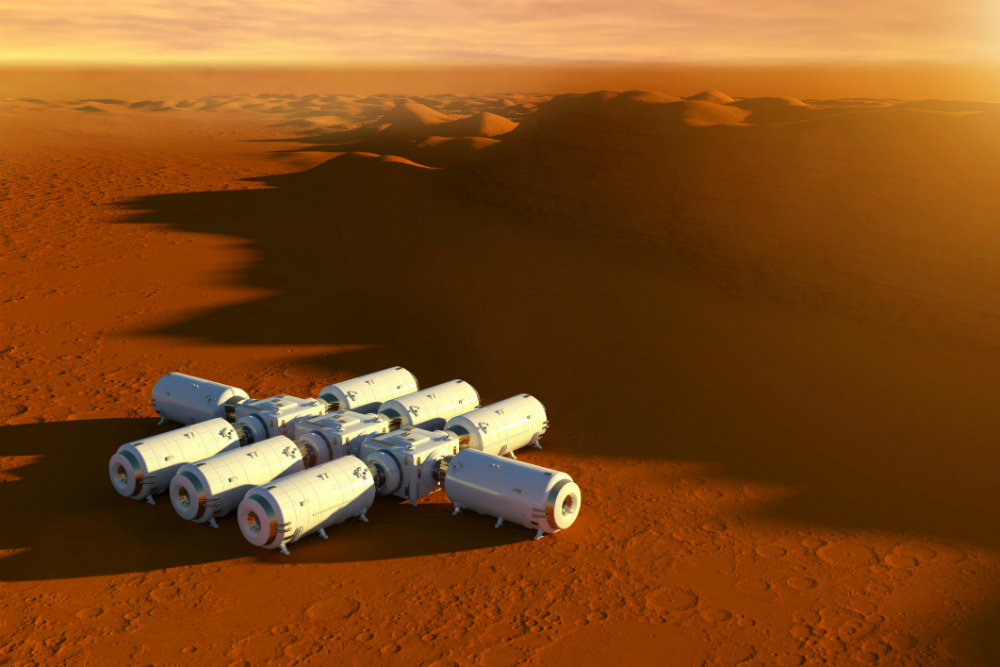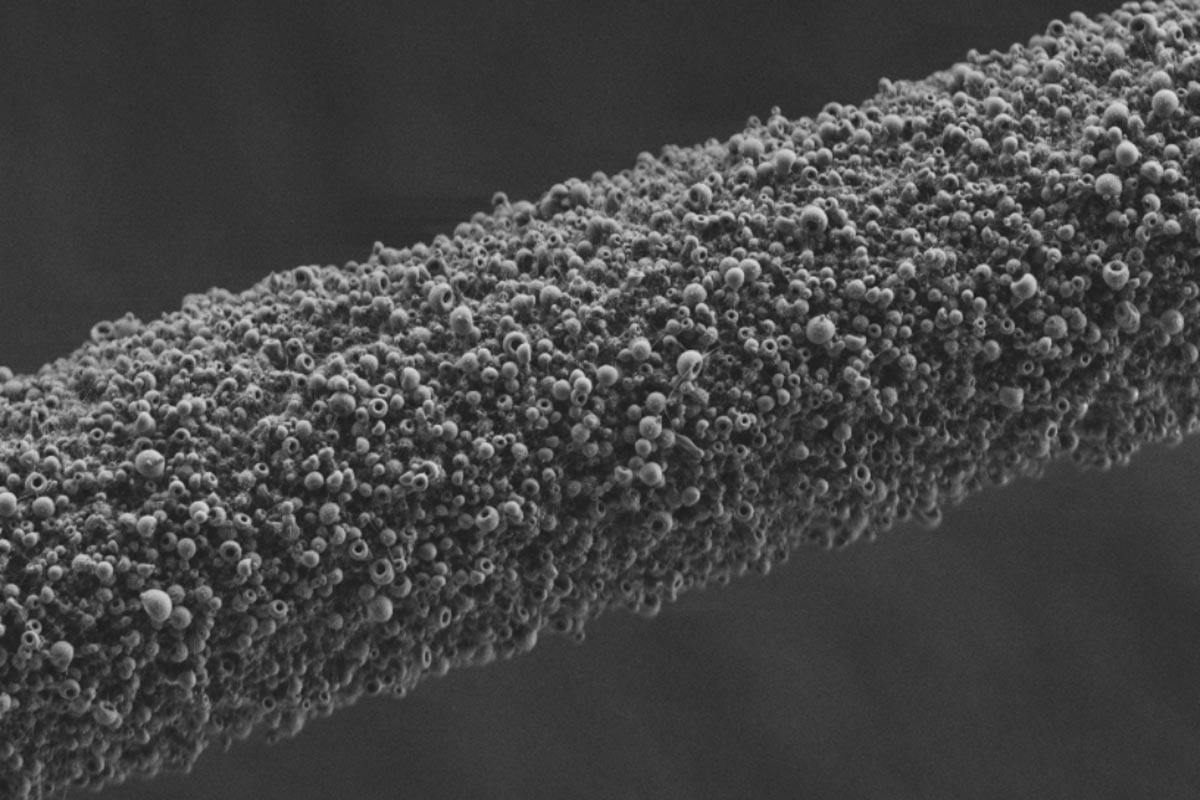The new Centre for Sustainable Planetary and Space Resources (CSPSR) will bring together experts who will develop ways to sustainably use resources in space.
Associate Professor of Off-Earth Resources John Culton III from the University’s School of Civil, Environmental & Mining Engineering (CEME) will head the new Centre. Associate Professor Culton is a retired US Air Force Colonel recruited as top talent to lead the Centre. He brings with him 27 years of experience in the US defence sector and diplomatic service.
“Our new Centre will focus existing expertise from the University of Adelaide and that of potential partners and stakeholders, to meet the challenge to find a sustainable way to use resources in space,” says Associate Professor Culton.
“Fifty years on from the ‘giant leap for mankind’ the new chapter in space exploration will focus on a sustainable future in space.”
Dr Andy Thomas AO, who was the first Australian NASA astronaut to go into space and a University of Adelaide Engineering graduate, will be patron of the new Centre.
Professor Michael Goodsite, Head of School, CEME is Interim Director of the University of Adelaide’s Institute for Minerals and Energy Resources (IMER).
“Lessons learned from developing in-situ resource utilisation in space will have a direct impact on improving sustainable use of terrestrial resources, in much the same way that technology developed for early space exploration was applied to help improve life on Earth,” he says.
“Long-term space exploration requires a fundamental rethinking of technologies, processes and infrastructure.”
Fifty years ago, Armstrong and Aldrin spent 21 and half hours on the surface of the Moon. NASA’s Artemis mission aims to put the first woman and the next man on the lunar south pole by 2024. But unlike the Apollo mission the aim is to spearhead a long-term presence on the Moon. In-situ resource utilisation − extracting resources where they are found, and processing them to make raw materials − is essential to this mission.
“The next space revolution rests on the ability to produce materials and structures in space,” says Associate Professor Culton.
“Transporting resources into space is not viable for long-term space exploration, as mission payload costs are thousands of dollars per kilogram. This provides the economic impetus to find viable solutions to locating, extracting and processing resources where they are found and doing so in a sustainable way.”
The University’s strategic plan ‘Future Making’ has identified space as a key industry engagement priority.
“A collaborative approach is essential. Experts in machine learning will find ways to enable robots operating in space to see and move independently, and experts in systems automation will enable them to operate as efficiently as possible and minimise waste,” says Professor Goodsite.
“I look forward to engaging with our strong existing strategic partners and building new relations to generate and pursue new opportunities together.”
Because of the unique constraints of space, the technology to make in-situ resource utilisation in space viable has yet to be perfected but there are existing synergies with terrestrial mining.
Professor Volker Hessel Deputy Dean – Research, Faculty of Engineering, Computer & Mathematical Sciences will serve as CSPSR Research Director.
“The Centre for Sustainable Planetary and Space Resources will enable us to jointly explore disruptive interdisciplinary research which is unseen within our existing structures. We will use this momentum, in a transdisciplinary fashion, to translate expertise in terrestrial industry into viable in-situ resource utilisation in space,” he says.
Original post https://alertarticles.info



